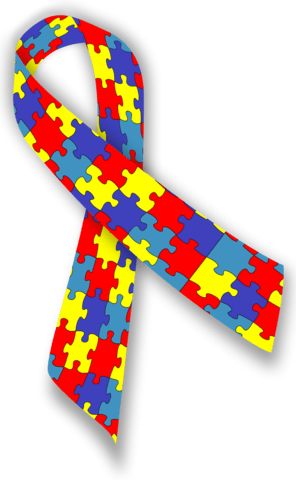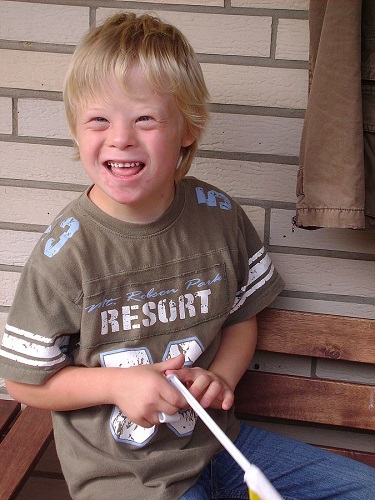Difference Between Autism and Mental Retardation
Key Difference – Autism vs Mental Retardation
The key difference between autism and mental retardation is that the autism is a mental condition, present from early childhood, characterized by great difficulty in communicating and forming relationships with other people and in using language and abstract concepts where the intellectual functioning is normal. In contrast, mental retardation or intellectual disability is a generalized neurodevelopmental disorder characterized by significantly impaired intellectual and adaptive functioning.
What is Autism?
Autism is characterized by impaired social interaction, verbal and non-verbal communication, and restricted and repetitive behavior. Symptoms of autism tend to occur before the age of three years. It usually follows a steady course without remission. People with autism may be severely impaired in some respects but normal, or even superior, in others.

What is Mental Retardation?
Three criteria must be met for a diagnosis of mental retardation or intellectual disability: deficits in general mental abilities, significant limitations in one or more areas of adaptive behavior across multiple environments (as measured by an adaptive behavior rating scale, i.e. communication, self-help skills, interpersonal skills, and more), and evidence that the limitations became apparent in childhood or adolescence. In general, people with intellectual disability have an IQ (intelligence quotient) below 70, but clinical discretion may be necessary for individuals who have a somewhat higher IQ but severe impairment in adaptive functioning.

Down syndrome is one of the common genetic causes of intellectual disability
What is the difference between Autism and Mental Retardation?
Causes of Autism and Mental Retardation
Autism: Autism has a strong genetic basis, although the genetics of autism are complex and unclear.
Mental Retardation: Mental Retardation usually has a genetic cause in 25 % of the cases. However, no cause is found in majority of the cases. There are many environmental causes with can cause mental retardation such as rubella, toxins, whooping cough, measles, meningitis, malnutrition, etc.
Symptoms of Autism and Mental Retardation
Autism: Autistic infants show less attention to social stimuli, smile and look at others less often, and respond less to their own name. They have less eye contact and do not have the ability to use simple movements to express themselves, such as pointing at things. They make a repetitive movement, such as hand flapping, head rolling, or body rocking and they intended and appears to follow rules, such as arranging objects in stacks or lines. They also have very limited focus, interest, or activity, such as preoccupation with a single television program, toy or game.

18 month old boy with autism, obsessively stacking cans
Mental Retardation: Patients with mental retardation have delay in oral language development, deficits in memory skills, difficulty in learning social rules, difficulty with problem-solving skills, delays in the development of adaptive behaviors such as self-help or self-care skills and lack of social inhibition.
Treatment of Autism and Mental Retardation
Autism: For autism, early speech or behavioral interventions can help children with autism gain self-care, social, and communication skills. However, there is no known cure.
Mental Retardation: Currently, there is no “cure” for an established mental disability, though, with appropriate support and teaching, most individuals can learn to do many things.
Level of independence of the patients with Autism and Mental Retardation
Autism: Autism patients are able to manage their day to day activities considerably well and can have an independent life most of the time. However, this depends on the severity of the disease.
Mental Retardation: Patients with mental retardation, usually, needs social supports and support from caregivers to put through their lives.
Image Courtesy:
1. “Autism Awareness Ribbon” by White_ribbon.svg: MesserWolandJigsaw_Puzzle.svg: Psyonderivative work: Melesse (talk) – White_ribbon.svgJigsaw_Puzzle.svg. [CC BY-SA 3.0] via Wikimedia Commons
2. “Boy with Down Syndrome” by Vanellus Foto – Own work. [CC BY-SA 3.0] via Wikimedia Commons
3. Andwhatsnext at the English language Wikipedia [GFDL or CC-BY-SA-3.0], via Wikimedia Commons
ncG1vNJzZmivp6x7pbXFn5yrnZ6YsqOx07CcnqZemLyue8OinZ%2Bdopq7pLGMm5ytr5Wau26t1K2grKVdlruledWsZKadnqmurXnRnquaqpSWwaq7zWg%3D